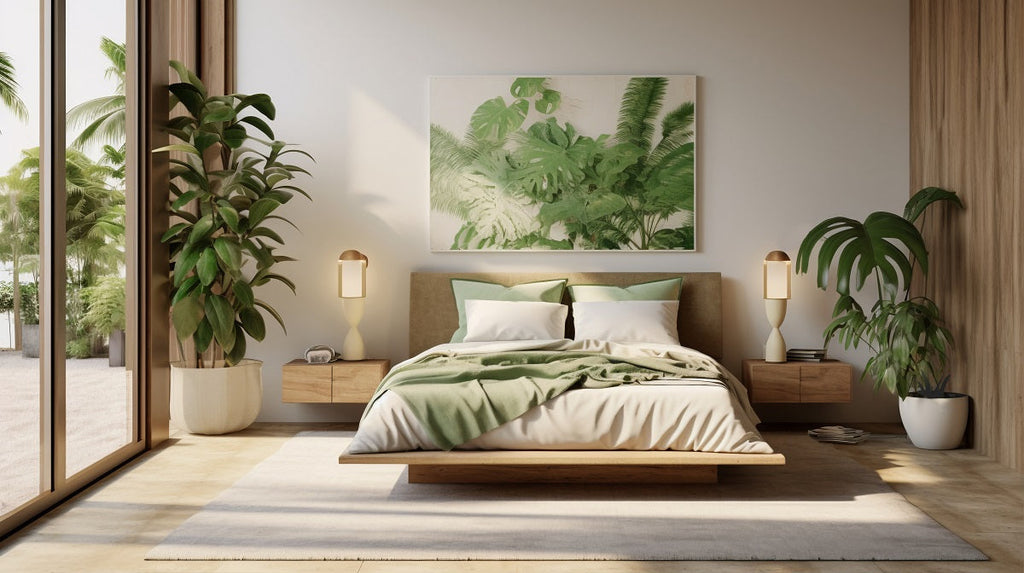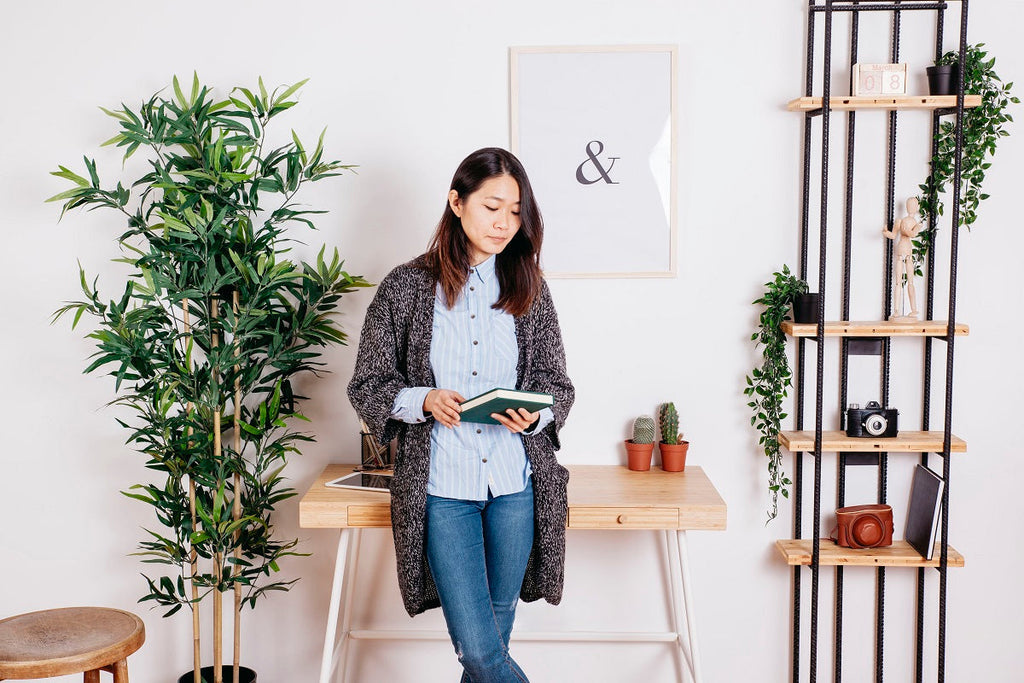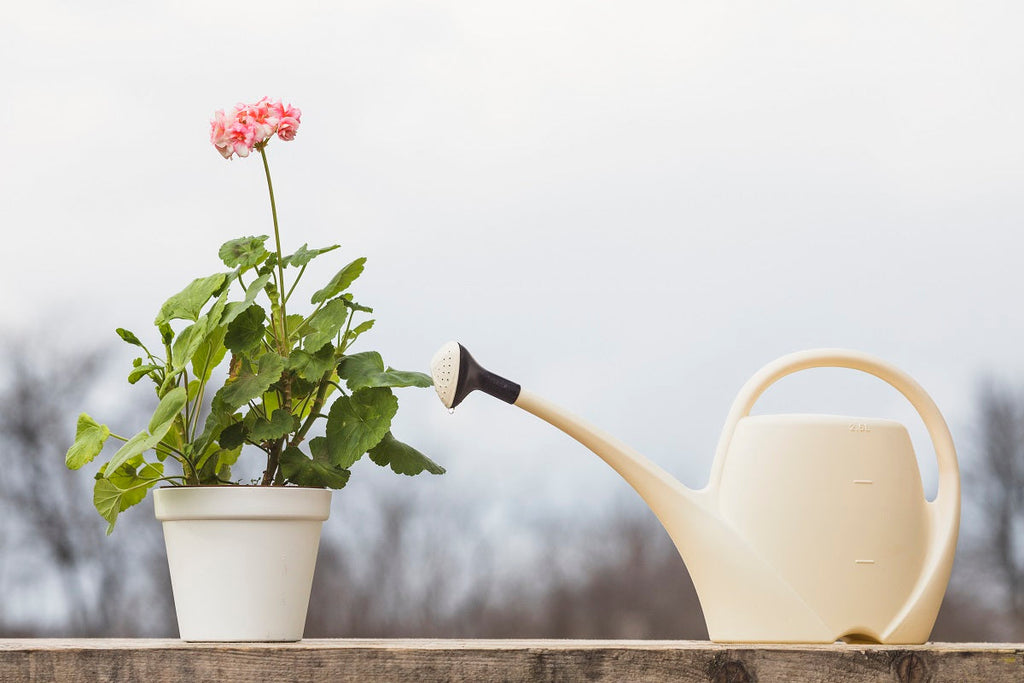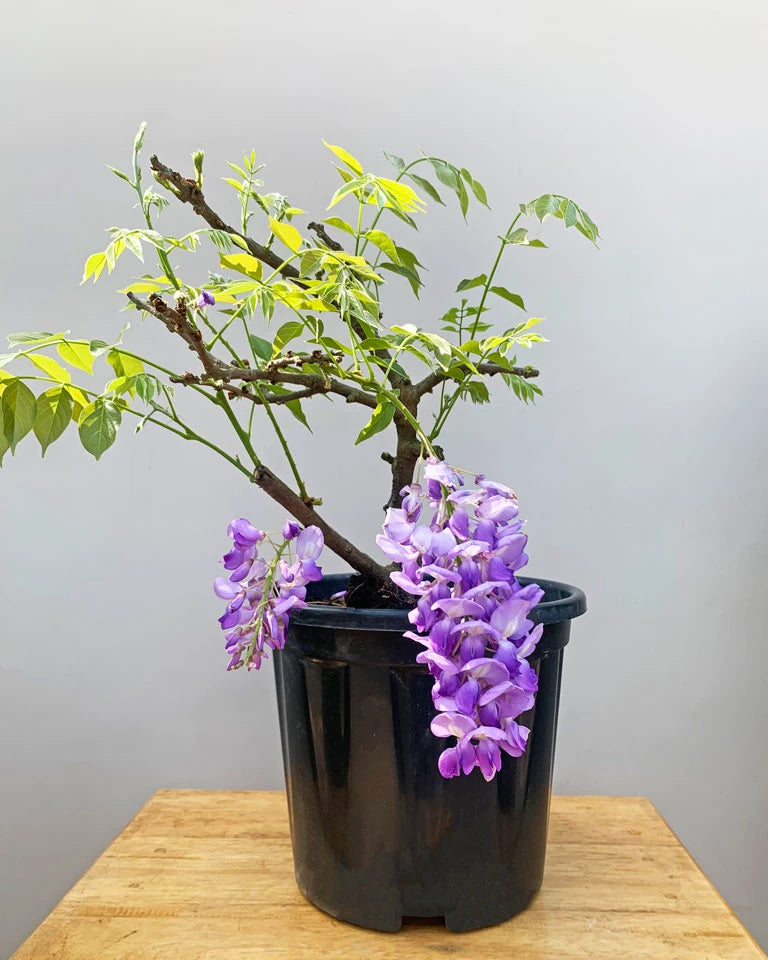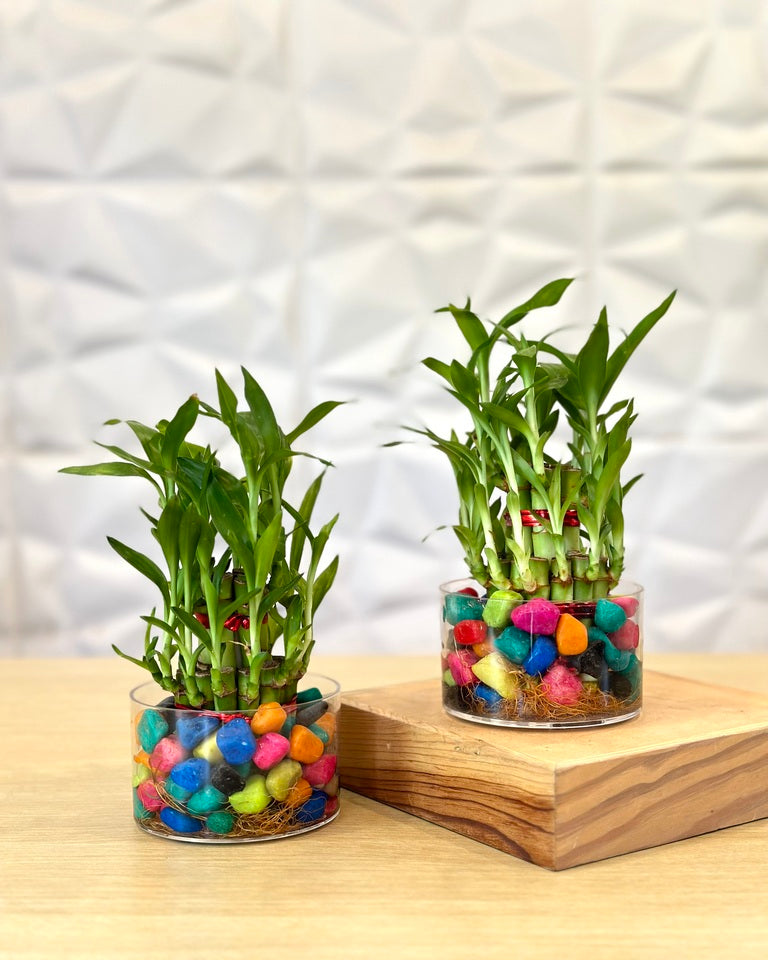
Top 5 NASA-Recommended Air-Purifying Plants

1. Snake Plant (Sansevieria trifasciata)
Introduction
The Snake Plant, also known as Sansevieria or Mother-in-Law's Tongue, is a hardy, easy-to-care-for houseplant renowned for its air-purifying capabilities. Its long, upright leaves have distinctive green and yellow patterns, making it an attractive addition to any room.Air-Purifying Properties
NASA's study found that the Snake Plant is highly effective at removing toxins such as formaldehyde, xylene, toluene, and nitrogen oxides from the air. These substances are commonly found in household products, paints, and furniture, and can be harmful when inhaled over time. The Snake Plant also performs a unique function at night by converting CO2 into oxygen, making it an excellent choice for bedrooms.Care Tips
- Light: Thrives in indirect sunlight.
- Water: Allow the soil to dry between waterings; overwatering can lead to root rot.
- Temperature: Prefers temperatures between 60-75°F (15-24°C).
- Maintenance: Low maintenance; occasional pruning of dead leaves.
Benefits
- Improves air quality by removing toxins.
- Easy to care for, even for beginners.
- Enhances indoor décor with its striking appearance.
- Releases oxygen at night, improving sleep quality.
2. Rubber Plant (Ficus Elastica)
Introduction
The Rubber Plant is a popular houseplant known for its large, glossy leaves and impressive stature. It can grow quite tall, making it a standout feature in any indoor space.Air-Purifying Properties
According to NASA, the Rubber Plant excels at removing formaldehyde from the air, a common indoor pollutant. This chemical can off-gas from various household items, including furniture and cleaning products. The Rubber Plant's large leaves are particularly efficient at absorbing airborne toxins and converting them into clean oxygen.Care Tips
- Light: Prefers bright, indirect light but can tolerate low light
- Water: Keep the soil moist, but allow the top inch to dry out between waterings.
- Temperature: Thrives in temperatures between 60-80°F (15-26°C).
- Maintenance: Wipe leaves with a damp cloth to remove dust and improve photosynthesis.
Benefits
- Effectively removes formaldehyde from indoor air.
- Adds a touch of greenery and elegance to any room.
- Can grow into a large, statement plant over time.

3. Areca Palm (Dypsis Lutescens)
Introduction
The Areca Palm, also known as the Butterfly Palm or Bamboo Palm, is a graceful plant with feathery, arching fronds. It’s often used in interior decorating for its lush, tropical appearance.Air-Purifying Properties
NASA's Clean Air Study highlighted the Areca Palm's ability to filter common indoor pollutants like formaldehyde, xylene, and toluene. Additionally, it is excellent at humidifying the air, which can be beneficial in dry indoor environments.Care Tips
- Light: Prefers bright, indirect light.
- Temperature: Best suited for temperatures between 65-75°F (18-24°C).
- Maintenance: Trim brown tips from fronds to maintain a healthy appearance.
Benefits
- Adds humidity to indoor spaces, improving air quality.
- Creates a tropical ambiance with its lush foliage.
- Safe for pets, making it a good choice for households with animals.
4. Black ZZ Plant (Zamioculcas zamiifolia ‘Raven’)
Introduction
The Black ZZ Plant, also known as Raven ZZ, is a striking variety of the popular ZZ Plant. Its dark, almost black foliage sets it apart from other houseplants, providing a unique aesthetic appeal.Air-Purifying Properties
The Black ZZ Plant is known for its resilience and ability to thrive in low light conditions. It is effective at removing toxins such as xylene, toluene, and benzene from the air, contributing to a healthier indoor environment.Care Tips
- Light: Tolerates low to bright indirect light.
- Water: Allow the soil to dry out completely between waterings; drought-tolerant.
- Temperature: Ideal temperatures are between 60-75°F (15-24°C).
- Maintenance: Minimal; dust leaves occasionally to maintain shine.
Benefits
- Purifies air by removing harmful chemicals.
- Low-maintenance and drought-tolerant, suitable for busy lifestyles.
- Unique dark foliage adds a dramatic touch to décor.
- Resistant to pests and diseases.

5. Chinese Evergreen (Aglaonema)
Introduction
Buy Chinese Evergreen which is a popular houseplant known for its attractive, variegated leaves that come in various shades of green, silver, and red. It is highly adaptable and can thrive in a variety of indoor conditions.Air-Purifying Properties
Care Tips
- Light: Tolerates low light but thrives in bright, indirect light.
- Water: Water thoroughly when the top inch of soil is dry; avoid overwatering.
- Temperature: Prefers temperatures between 65-80°F (18-27°C).
- Maintenance: Fertilize monthly during the growing season and prune yellowing leaves.
Benefits
- Removes multiple toxins from indoor air.
- Adaptable to various light conditions, making it versatile for different rooms.
- Attractive foliage adds beauty to indoor spaces.
- Relatively low-maintenance and easy to grow.
Combo Offer: Elevate Your Indoor Air Quality with the Ultimate Air-Purifying Plant Set
If you're looking to maximize the air-purifying benefits of these exceptional plants, consider our special combo offer. This curated set includes all five of the top NASA-recommended air-purifying plants: Snake Plant, Rubber Plant, Areca Palm, Black ZZ Plant, and Chinese Evergreen. By combining these plants, you not only enhance the aesthetic appeal of your indoor space but also create a powerhouse of natural air filtration. Each plant targets different toxins, ensuring a comprehensive purification process that significantly improves your indoor air quality.
Conclusion
Incorporating air-purifying plants into your home or office is a simple yet effective way to improve indoor air quality. The Snake Plant, Rubber Plant, Areca Palm, Black ZZ Plant, and Chinese Evergreen are all excellent choices recommended by NASA for their ability to filter out harmful toxins and enhance the overall environment. Not only do these plants contribute to a healthier living space, but they also add aesthetic value and a touch of nature to indoor settings.By selecting any of these top five air-purifying plants, you can enjoy cleaner air and a more vibrant, inviting atmosphere in your home or office. Whether you're a seasoned plant enthusiast or a beginner looking to start your indoor garden, these plants offer a blend of beauty and functionality that can make a significant difference in your indoor air quality and overall well-being.







